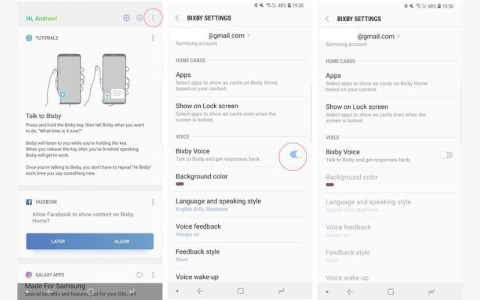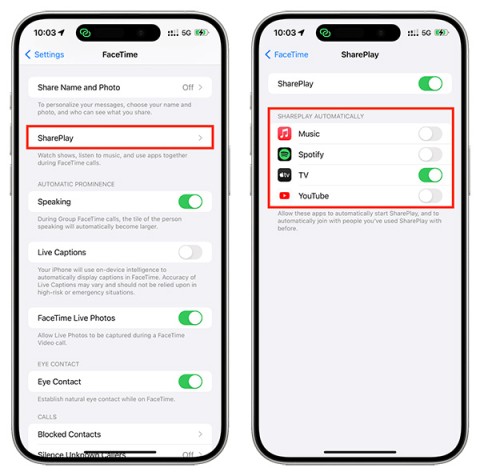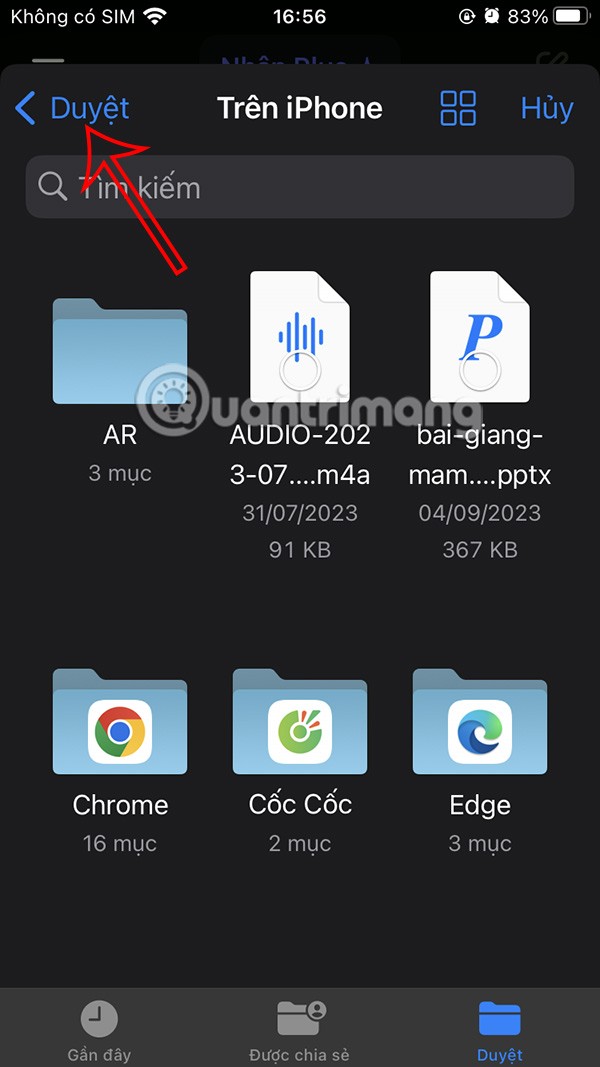Do you find it difficult to show your designs to customers or peers? Are you sick of showcasing your work with simple, uninteresting images? If so, prototypes could provide the answer you're searching for. We'll talk about using prototypes to raise the caliber of your design in this article.
What are Mockups?
As they provide an accurate depiction of how a design will appear in reality, mockups have grown in importance as a tool in the design industry. They make it simpler to make adjustments and complete the design because they let designers present the finished product to their customers before it is even made. Mockups help to lessen mistakes and miscommunications between the customer and the creator by giving a sneak peek of the final design. In the long run, this saves time and money because designers can be sure that their customers are satisfied with the design before moving forward with manufacturing.
Mockups can be used for a variety of design tasks, including branding and website design, product packing, and advertising collateral. They aid in giving a design a feeling of size, color, and texture that can be challenging to picture in 2D forms. Additionally, they assist designers in producing a style that speaks to the client's target population and is more interesting and realistic.

How to Use Mockups
There are a few straightforward measures to take when using mockups:
Select the Correct Mockup: Because there are so many various mockups accessible, it's critical to select the appropriate one for your project. For instance, you can use a poster mockup like the ones on ls.graphics if you're creating a billboard.
Contribute Your Design: Following your selection of the prototype, contribute your design. Smart object layers are typically used for this, allowing you to quickly substitute the current design with your own.
Create a Custom Mockup: With most prototypes, you can change the backdrop, hues, and other components to better reflect your design. To make sure that your mockup appears as realistic as feasible, this is a crucial stage.
Once you're satisfied with your prototype, save it and send it in the format you want. Then you can use it to present your idea to customers or coworkers.
For artists, using prototypes has many advantages, including:
Realistic Representation: By using mockups to present your designs realistically, you can give customers a clearer understanding of your goals and raise the caliber of your work.
Saving time: Building a model from the start can take some time. You can save time and concentrate on the design itself by using prototypes that have already been created.
Versatility: From websites and logos to packaging and goods, mockups can be used for a variety of design tasks.
Mockups for posters by LS Graphics
Popular website LS Graphics provides a variety of prototypes, including templates for posters. They offer framed, hanging, and standing print models among other variations. Additionally, they provide models in a range of formats, from A4 to billboard.
The poster mockup from LS Graphics is simple to use, adaptable, and comes with a comprehensive guide to get you started. They also provide a variety of other mockups, such as mockups for packing, products, and logos.
Conclusion
Overall, prototypes are a crucial tool for designers who want to raise the caliber of their work and give their customers an accurate depiction of the finished product. They make the design process more efficient, lessen misunderstandings, and guarantee that customers are happy with the finished result. LS Graphics' high-quality mockups can assist designers in producing more interesting and useful designs that satisfy their customers' requirements.















